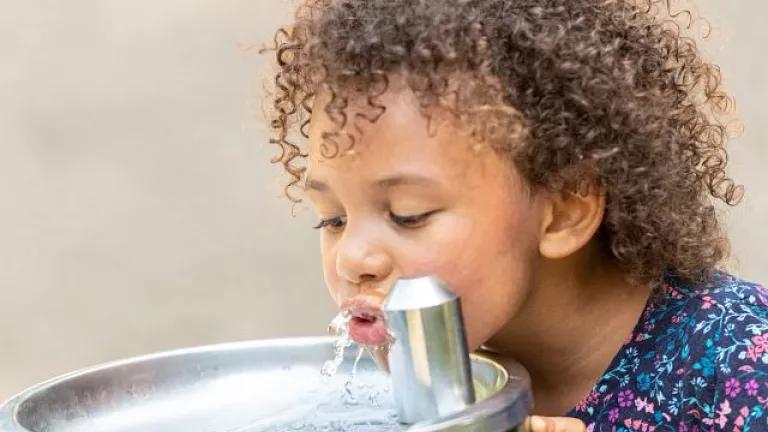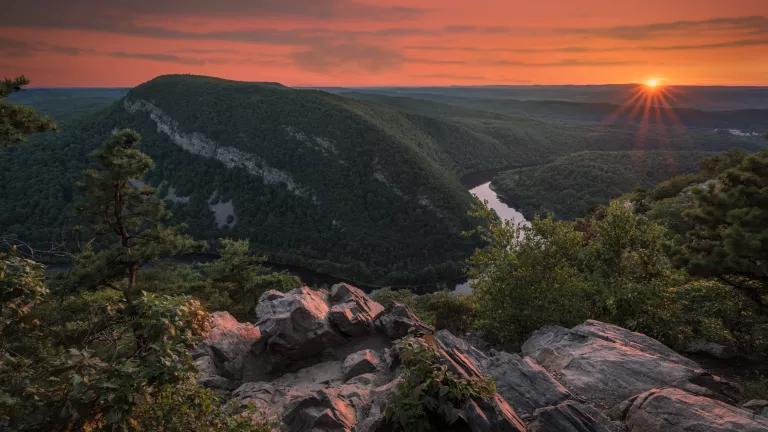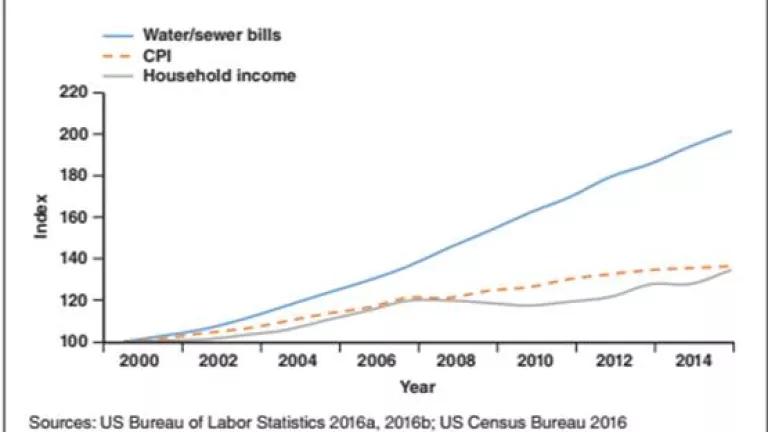We're in Court, as EPA, NY State, NYC Fail on Clean Water

This year marks the 45th anniversary of the federal Clean Water Act, the bedrock environmental law designed to keep our nation’s waters safe for drinking, fishing, and swimming.
But the Trump Administration’s attacks on the law are coming fast and furious, seeking to remove protections for streams that provide drinking water for more than 117 million people, and to gut the budget for clean water enforcement and regional cleanups.
No matter where you live, federal action to protect clean water—or the government’s lack of action—hits home. In New York City, for example, more than 20 billion gallons of raw sewage and polluted runoff flow into waterways every year. New Yorkers of all stripes have been clamoring for clean water for decades. Today, NRDC and our allies hauled EPA into court to force the agency to do its job protecting our health.
The lawsuit comes as New York State has approved 20-year sewage overflow cleanup plans that, far too often, won’t make the water safe to touch. These plans allow massive amounts of sewage to continue flowing into waters across the city. They do not protect the rights of 8 million New Yorkers, guaranteed by the Clean Water Act, to “fishable, swimmable” waters.
New York City developed these plans based on state water quality standards limiting bacteria, viruses, and other nasties that cause diarrhea, rashes, pinkeye, and worse. By EPA’s own accounting, those standards are woefully out of date and do not protect human health.
But EPA has stood on the sidelines, failing to ensure that the state updates its standards as needed. This allows the state and the city to claim their cleanup plans will make our waters clean and safe—when in fact they will remain foul and unhealthy, on dozens of occasions each year. As little as one-tenth of an inch of rainfall can overwhelm the sewer system, sending sewage into the water where people boat, fish, and swim.
That’s why we’re heading to court. Joining NRDC in this legal action are Riverkeeper, Save the Sound, Waterkeeper Alliance, NY/NJ Baykeeper, NYC Water Trail Association, Jamaica Bay Ecowatchers, Bronx Center for Environmental Quality, and the Newtown Creek Alliance.
These groups are part of an even larger coalition, under the banner of Storm Water Infrastructure Matters (SWIM), which is campaigning for stronger sewage overflow cleanup plans. A graphic at the end of this post provides details on the plans New York City has completed. A series of SWIM Coalition fact sheets, linked below, details the flaws of each individual plan that the state has approved. (And the New York Times recently highlighted some of the problems here.)
Both legal pressure and political pressure are necessary to force real solutions. So, today’s new lawsuit is one piece of a larger effort. How can you help?
- Contact your local elected officials—you can find contact information for your City Council member, Community Board, Borough President, and the Mayor by entering your address here.
- Sign up for email updates from the SWIM Coalition here.
- Get real-time alerts of sewer overflows in your inbox, by following the sign-up instructions here.
Continue reading below for more background on the city’s flawed cleanup plans…
* * * * *
The following table shows details of the eight sewer overflow plans that New York City has submitted to the state, including the six (highlighted in red) that have been approved. The table includes the baseline amount of combined sewer overflow (CSO), the amount of overflow each Long Term Control Plan (LTCP) would reduce, the number of times an overflow event would happen when the plan is implemented, the cost of the infrastructure needed to implement the plan, the anticipated implementation timeline, and whether or not the state has approved the plan. (Excerpted from SWIM Coalition fact sheet.)
Not reflected on this table, the City is still developing plans for:
- Jamaica Bay
- Newtown Creek
- Hudson River
- Harlem River
- East River
- All other “open waters” of New York Harbor
SWIM Coalition Fact Sheets
Fact sheets on waterbody-specific plans approved by the state:




